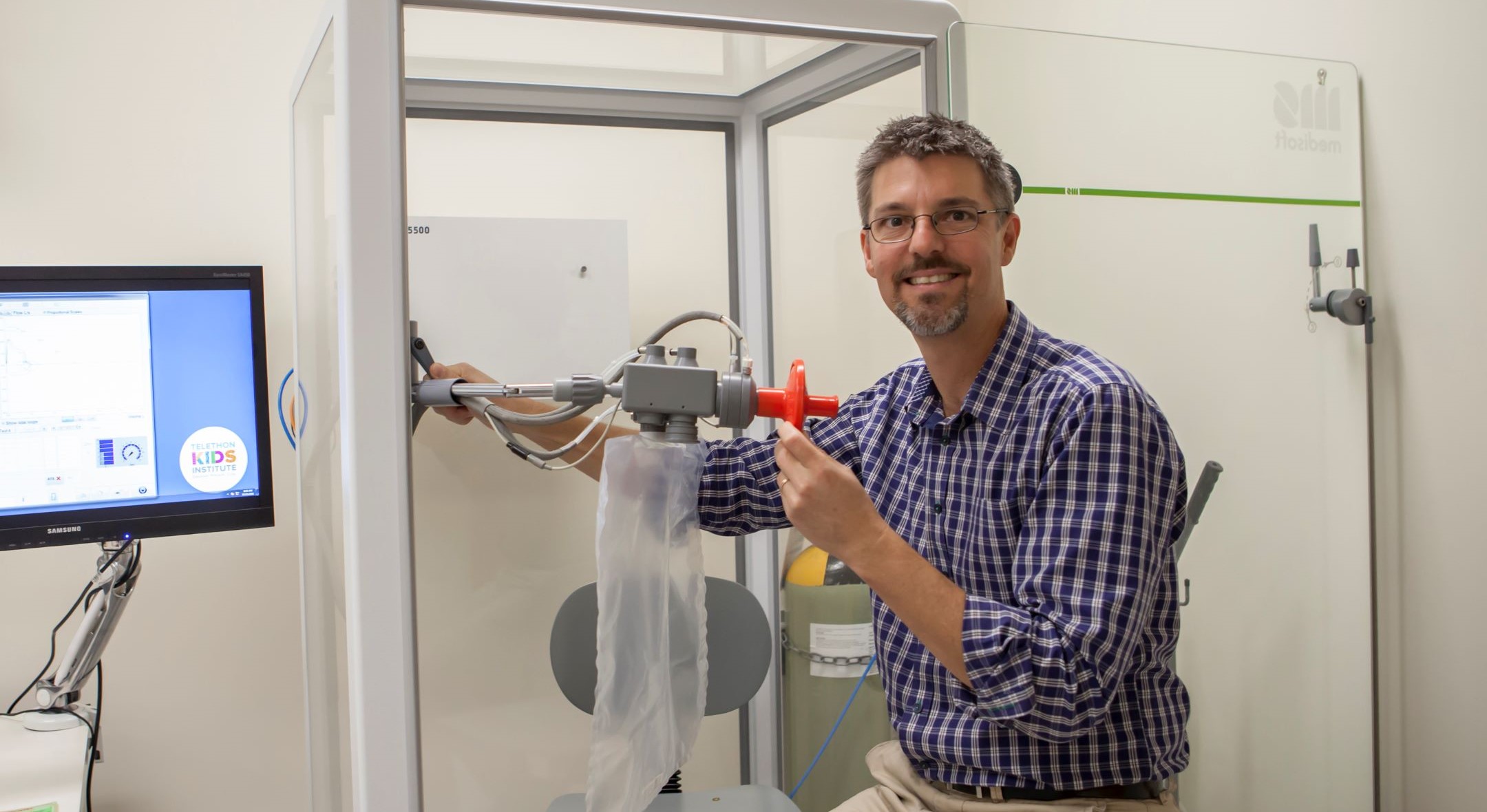Search
Research
Ten year analysis of the clinic profile of the tertiary paediatric endocrine service in Western AustraliaThere is a paucity of information regarding the profile of entire paediatric endocrine clinics and how they are changing. This study aimed to analyse the clinic profile of the Western Australian tertiary paediatric endocrine outpatient service over 10 years and compare to national and international data.
Research
Missing data: current practice in football research and recommendations for improvementA survey of 136 articles published in 2019 (sampled at random) was conducted to determine whether a statement about missing data was included.
Research
Facial asymmetry in parents of children on the autism spectrumGreater facial asymmetry has been consistently found in children with autism spectrum disorder (ASD) relative to children without ASD. There is substantial evidence that both facial structure and the recurrence of ASD diagnosis are highly heritable within a nuclear family. Furthermore, sub-clinical levels of autistic-like behavioural characteristics have also been reported in first-degree relatives of individuals with ASD, commonly known as the 'broad autism phenotype'.
Research
Built Environments and Child Health: A Policy Review’, Life Course Centre Working Paper Series, 2021-22Childhood obesity is one of the most serious public health challenges of the 21st century and is affected not only by individual choice but also by societal and environmental influences. Childhood obesity is higher in children living in regional and remote compared with major cities, in one-parent families and for those with a disability.
Research
Antimicrobial susceptibility testing profiles of ESBL-producing Enterobacterales isolated from hospital and community adult patients in Blantyre, MalawiThere is a paucity of data on antimicrobial resistance (AMR) in Malawi. Here we present a study of AMR of extended-spectrum β-lactamases-producing Enterobacterales (ESBL-E) isolated from hospital and community settings in Blantyre, Malawi.
Research
International links between Streptococcus pneumoniae vaccine serotype 4 sequence type (ST) 801 in Northern European shipyard outbreaks of invasive pneumococcal diseasePneumococcal disease outbreaks of vaccine preventable serotype 4 sequence type (ST)801 in shipyards have been reported in several countries. We aimed to use genomics to establish any international links between them.
Research
Quantifying the effectiveness of betaherpesvirus-vectored transmissible vaccinesTransmissible vaccines have the potential to revolutionize how zoonotic pathogens are controlled within wildlife reservoirs. A key challenge that must be overcome is identifying viral vectors that can rapidly spread immunity through a reservoir population.
Research
Personal network inference unveils heterogeneous immune response patterns to viral infection in children with acute wheezingHuman rhinovirus (RV)-induced exacerbations of asthma and wheeze are a major cause of emergency room presentations and hospital admissions among children. Previous studies have shown that immune response patterns during these exacerbations are heterogeneous and are characterized by the presence or absence of robust interferon responses.
Research
Oombarl Oombarl Joorrinygor-Slowly Slowly Moving Forward: Reflections From a Cross-Cultural Team Working Together on the See, Treat, Prevent (SToP) Trial in the Kimberley Region of WAReflexivity is crucial for researchers and health professionals working within Aboriginal health. Reflexivity provides a tool for non-Aboriginal researchers to contribute to the broader intention of reframing historical academic positivist paradigms into Indigenous research methodologies to privilege Aboriginal voices in knowledge construction and decision-making.

A global network of researchers and clinicians, co-led by The Kids’ Professor Graham Hall, has transformed international best practice in identifying low lung function and diagnosing and treating lung disease.
